Part 5: First Test Flite
Now that the plane could be fully assembled, they built the landing gear and attached the motors to the nacelles and servos to the ailerons.
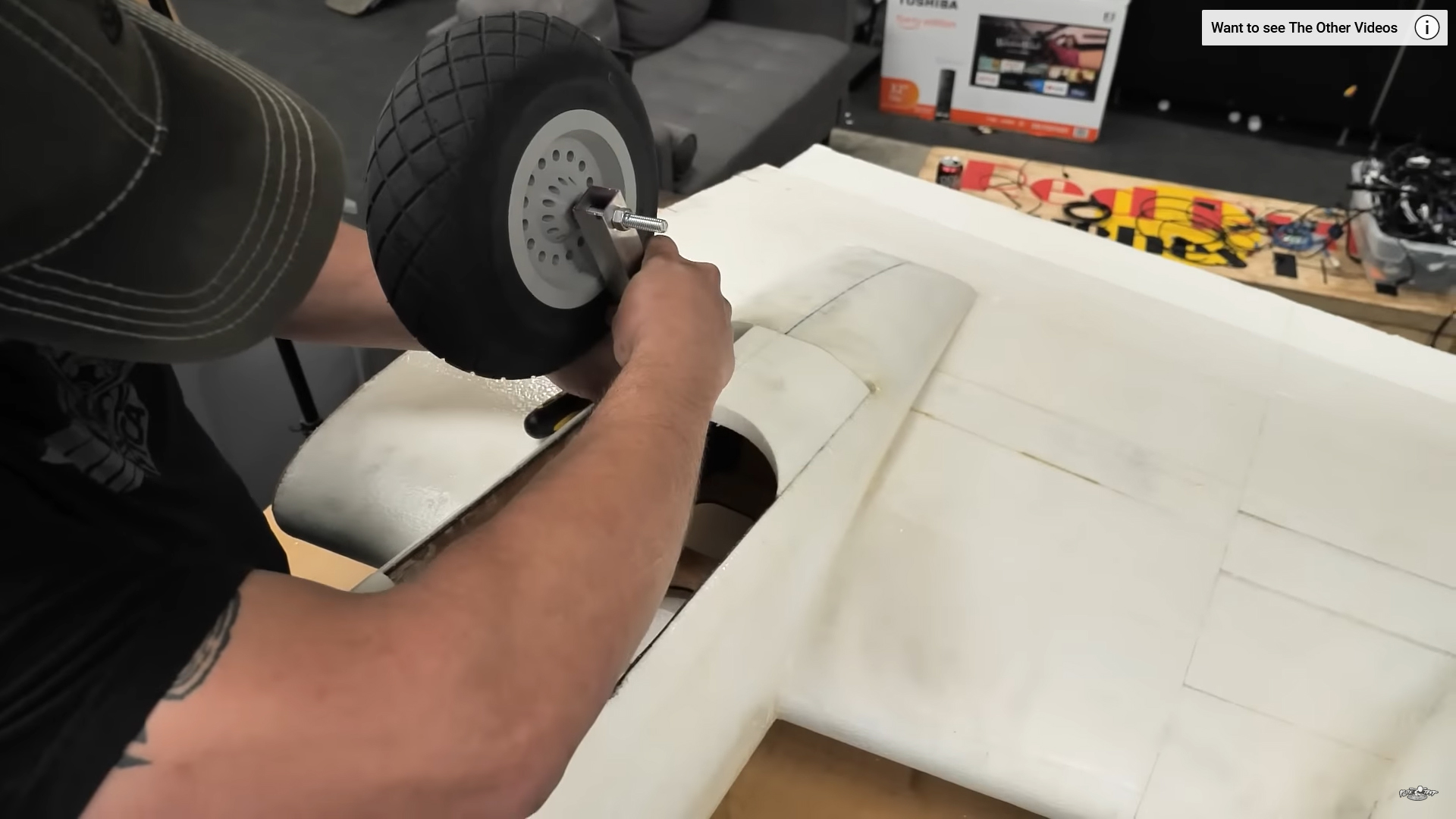
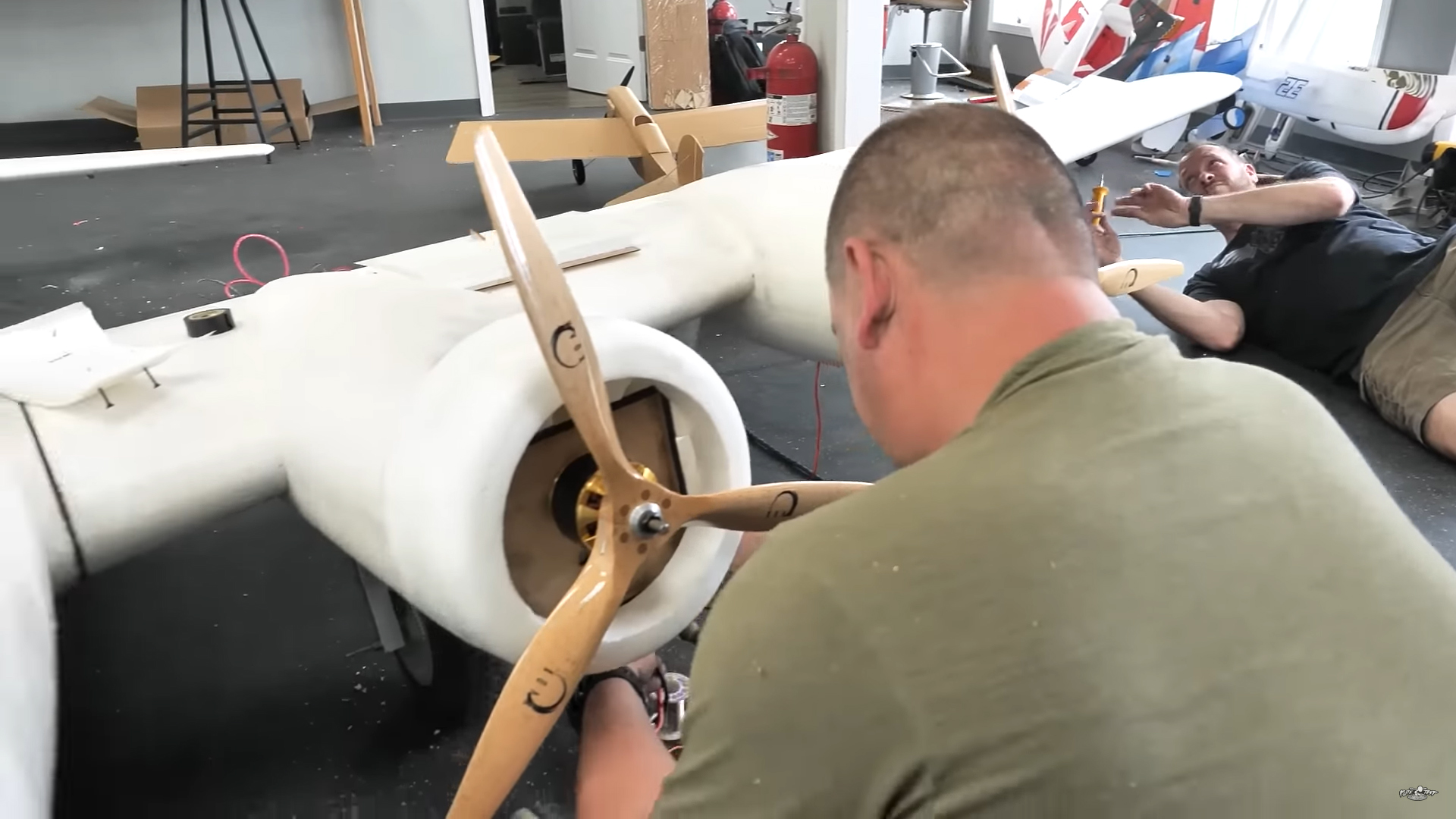
It uses 6 receivers in total; 4 for the wings and 2 for the tail.
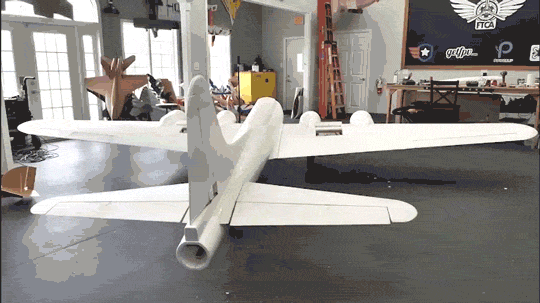
With the B-17 assembled and the motors and servos hooked up, it was time to test the power of the motors. First, they used ti to pull Stefan in a sled, followed by Lee in a golf cart, and finally (with some quick adjustments) Josh in his Jeep.
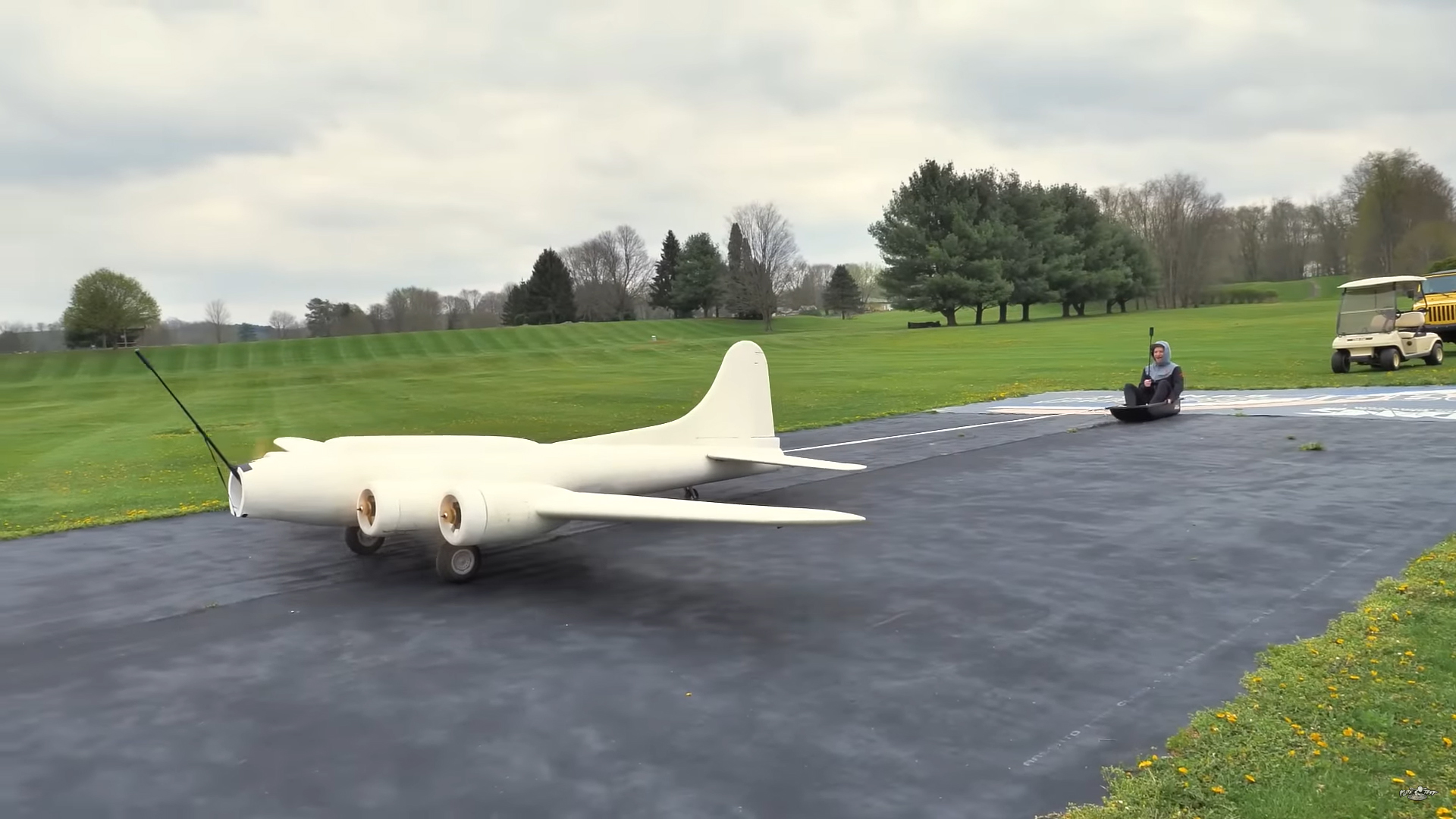
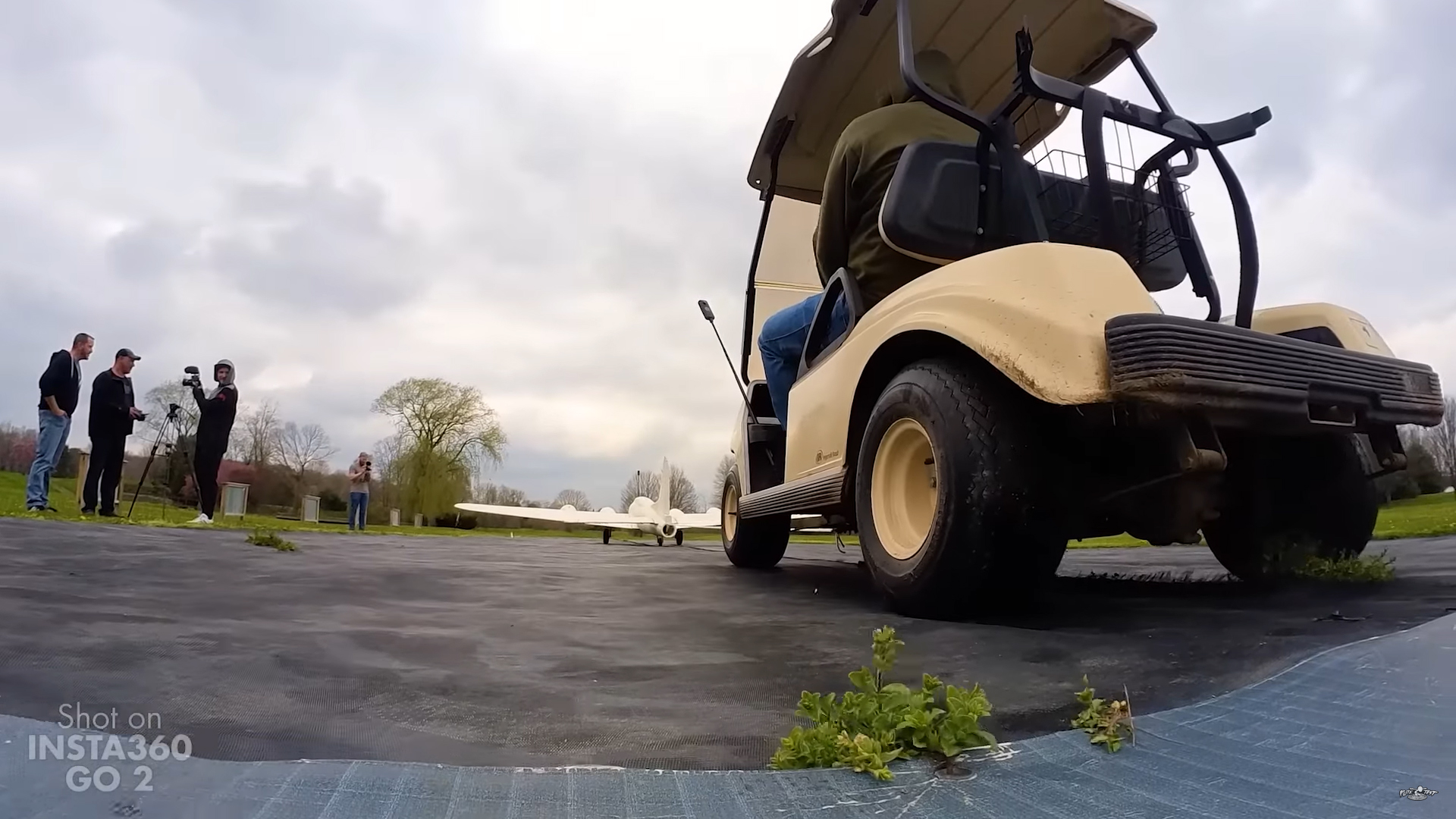
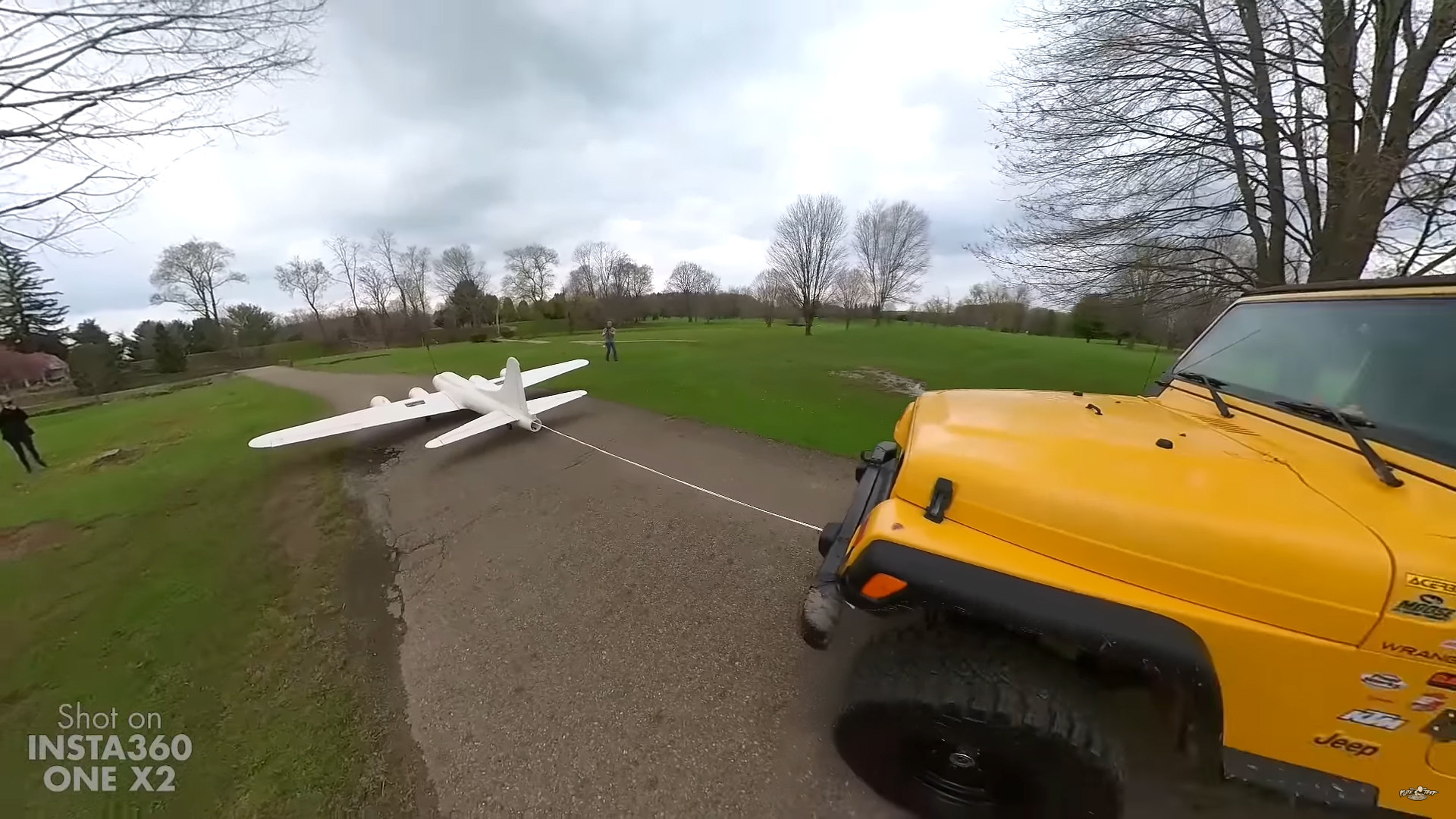
Video of Part 11:
Dave designed, 3D printed, and painted caps for each engine to make them look more realistic.
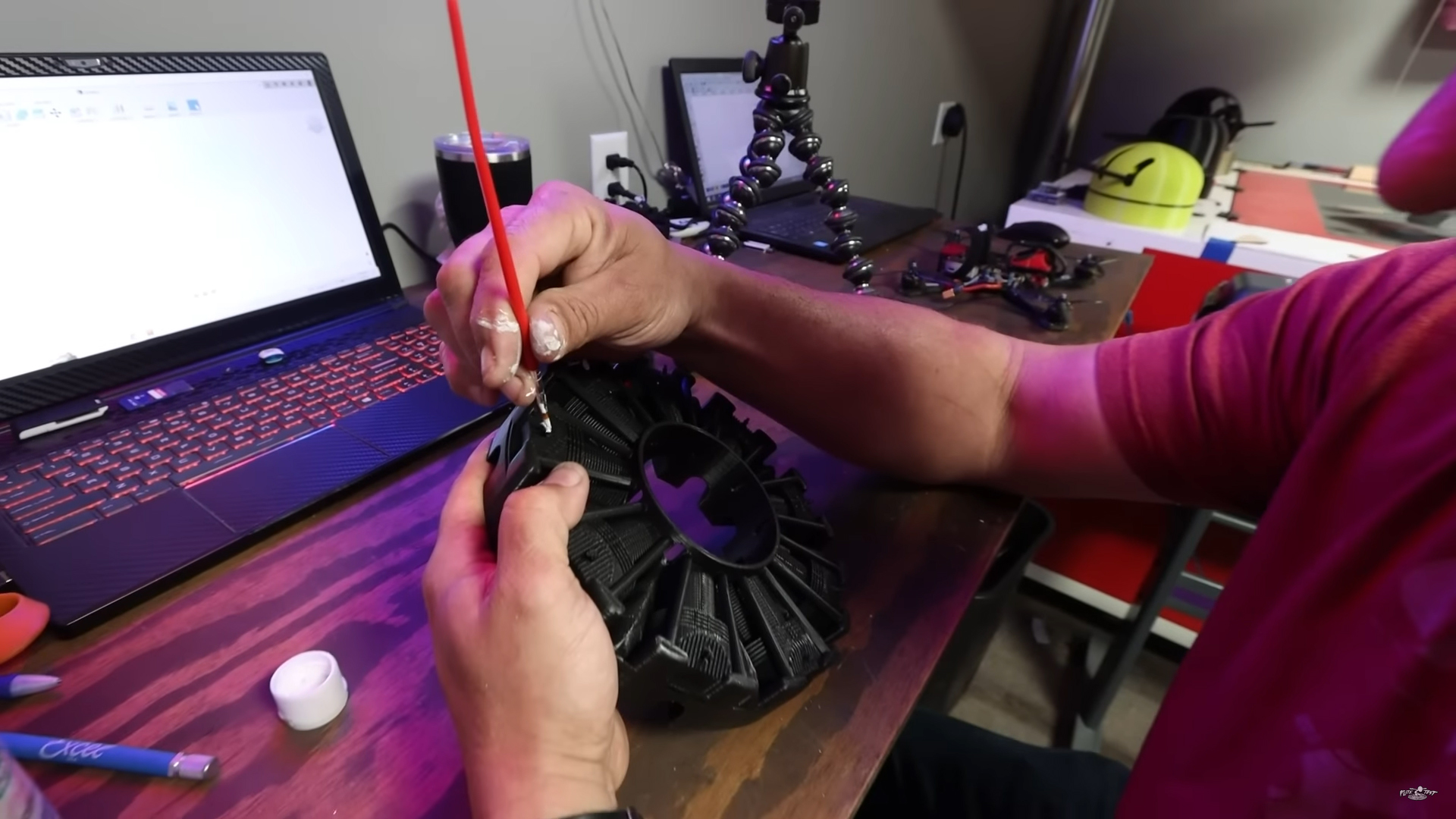
Next, they designed a sliding battery try that fits into the nose for ease of access.
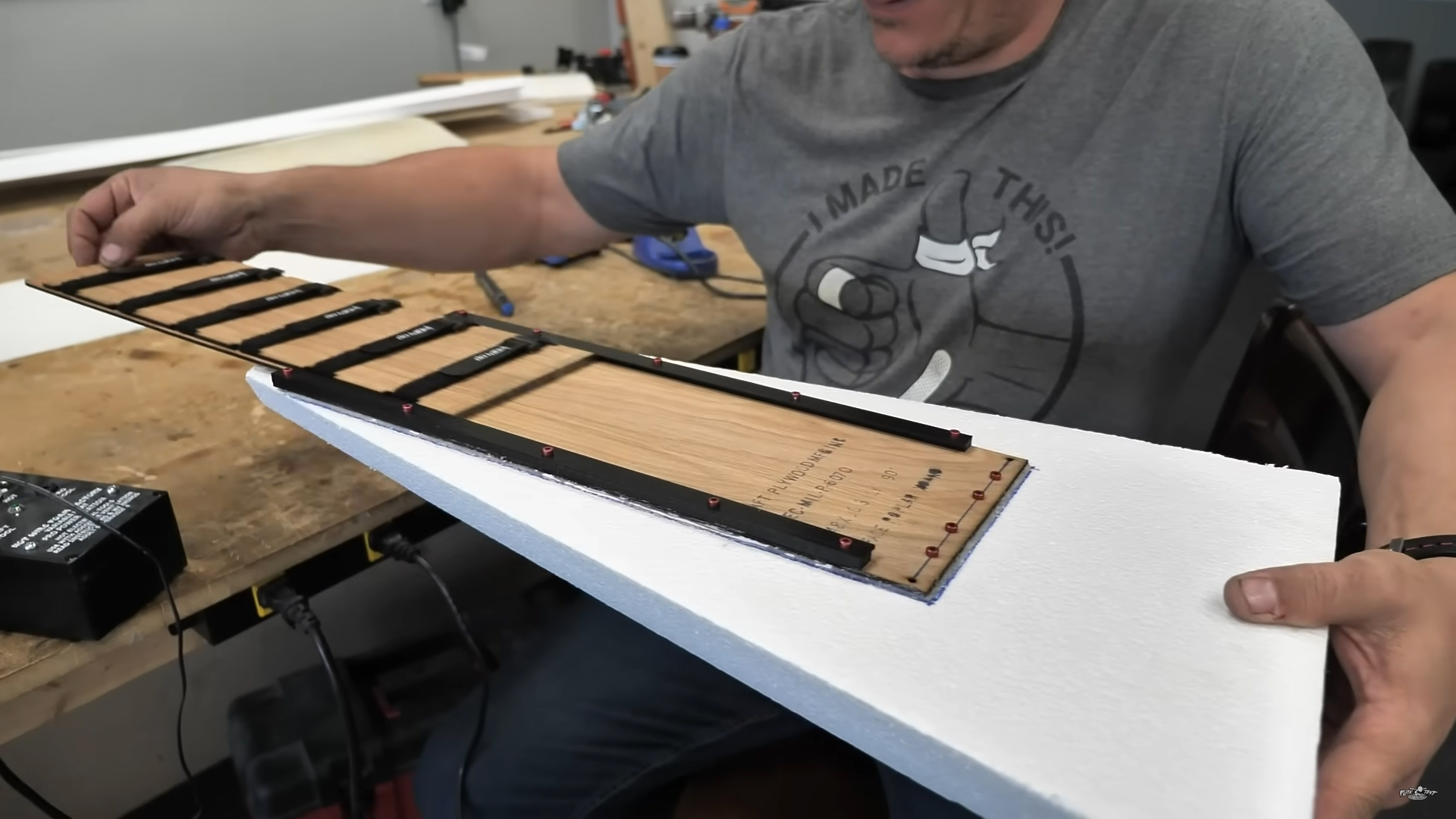
Now that the motors and servos were hooked up and functioning, the team set out to do a range test for the receiver signals. The signal reached over 30 meters.
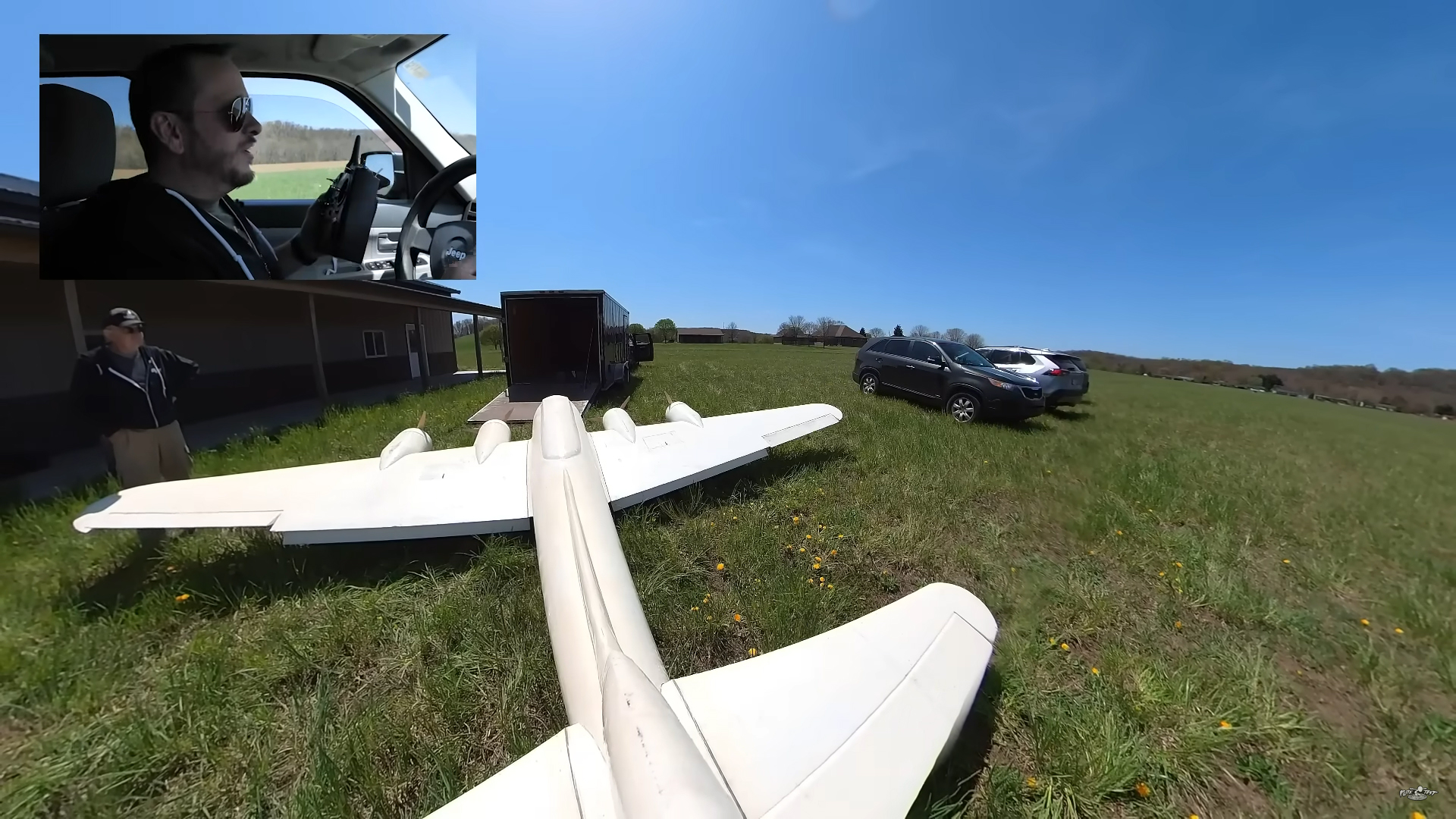
With that, the B-17 was almost ready for its first flight. After a landing gear malfunction, the team quickly reinforced the landing gear and launched it successfully.

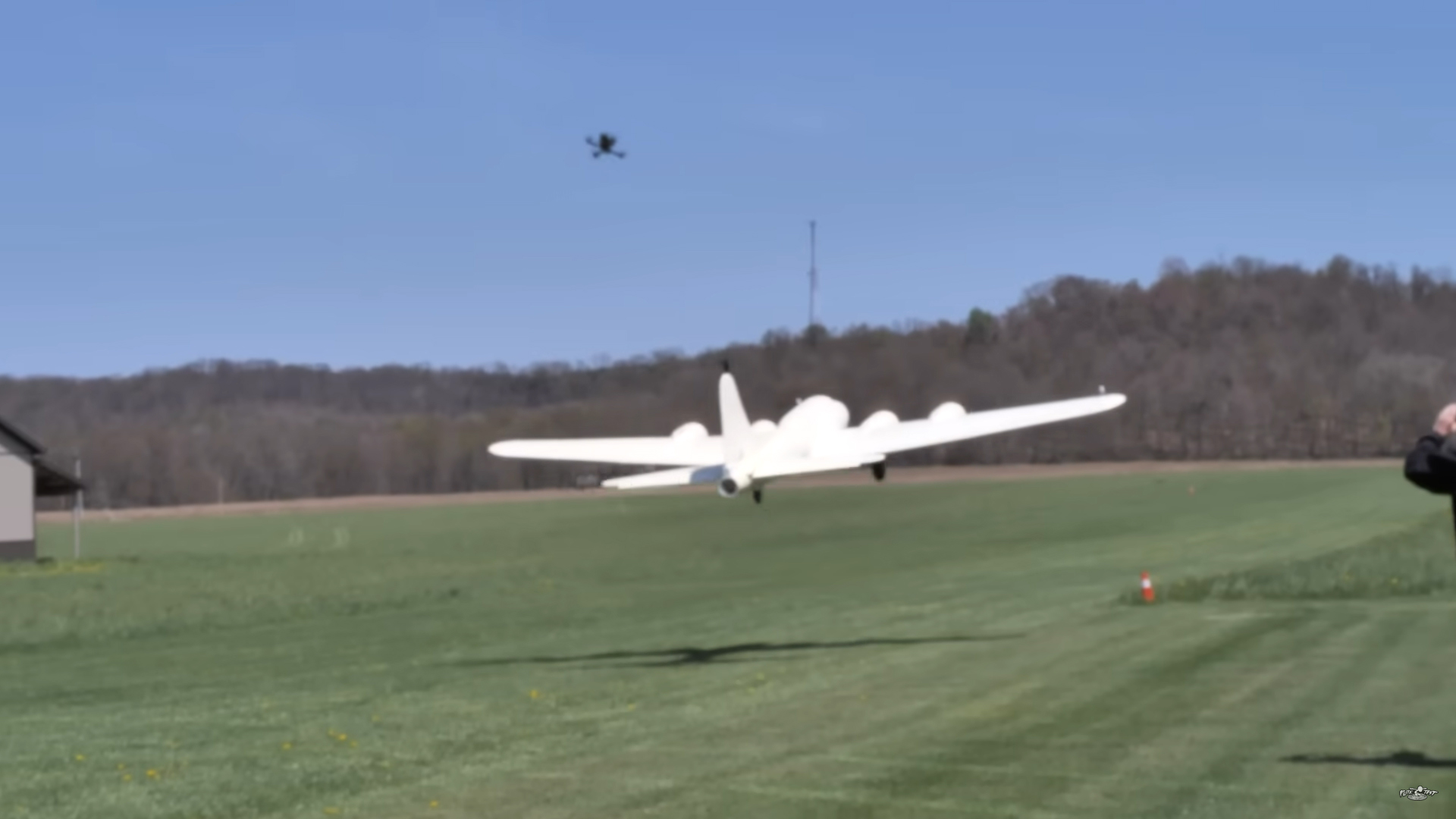
Once the first flight was finished, Jason took it for a spin. Afterwards, he was assigned the designated pilot for the B-17.
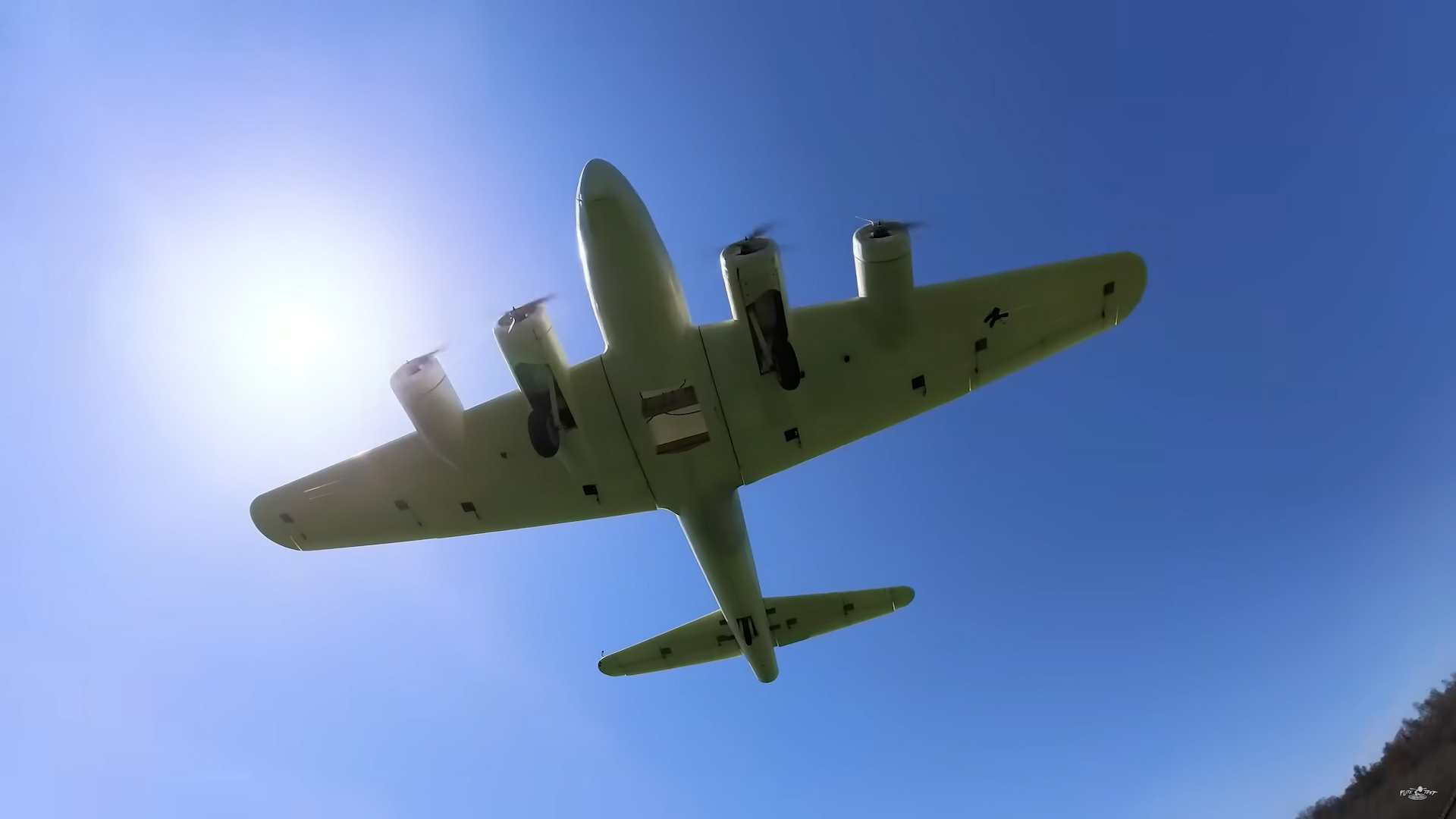
Video of Part 12:
